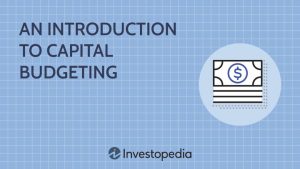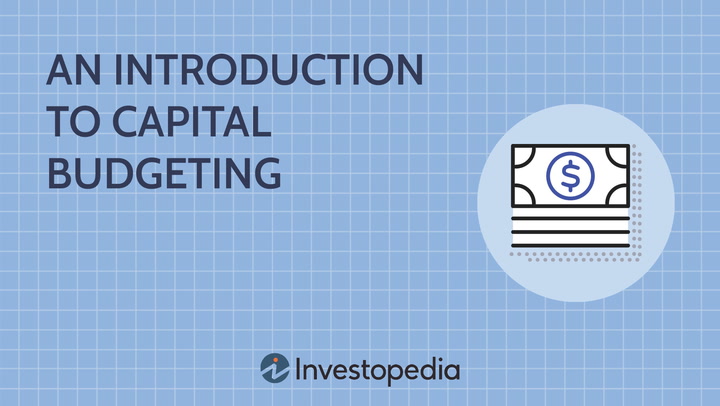A capital budget is a financial plan that outlines a company’s expected expenditures for acquiring or improving long-term assets, such as property, plant, and equipment (PP&E). These assets are typically expected to provide benefits over a period of more than one year.
Key Components of a Capital Budget
- Capital Expenditures: Detailed list of planned investments in fixed assets, including the cost and expected useful life of each asset.
- Funding Sources: Identification of how the capital expenditures will be financed, such as through retained earnings, debt financing, or equity financing.
- Payback Period: Calculation of the time it will take for the investment to generate enough cash flow to recover the initial cost.
- Net Present Value (NPV): Evaluation of the investment’s profitability by discounting future cash flows to their present value.
- Internal Rate of Return (IRR): Calculation of the discount rate that makes the net present value of the investment equal to zero.
Benefits of Creating a Capital Budget
- Strategic Planning: Helps align capital investments with the company’s long-term goals and objectives.
- Resource Allocation: Ensures that resources are allocated effectively to support growth and expansion.
- Financial Control: Provides a framework for monitoring and controlling capital expenditures.
- Risk Management: Helps identify and mitigate potential risks associated with capital investments.
Types of Capital Budgets
- Incremental Budgeting: Based on the previous year’s budget with adjustments for inflation and growth.
- Zero-Based Budgeting: Requires each project to justify every expenditure from scratch.
- Program Budgeting: Allocates funds based on specific programs or projects.
Creating a Capital Budget
- Identify Capital Needs: Determine the long-term assets required to achieve the company’s goals.
- Estimate Costs: Estimate the cost of each capital expenditure, including installation, maintenance, and operating costs.
- Evaluate Projects: Assess the potential benefits and risks of each project using financial analysis techniques.
- Prioritize Projects: Rank projects based on their expected return on investment and alignment with company objectives.
- Determine Funding Sources: Identify how the capital expenditures will be financed.
- Monitor and Adjust: Regularly review the capital budget and make adjustments as needed.
A well-prepared capital budget is essential for businesses to make informed decisions about investments and ensure long-term financial stability.
Would you like to know more about specific capital budgeting techniques or have questions about creating a capital budget for your business?








+ There are no comments
Add yours